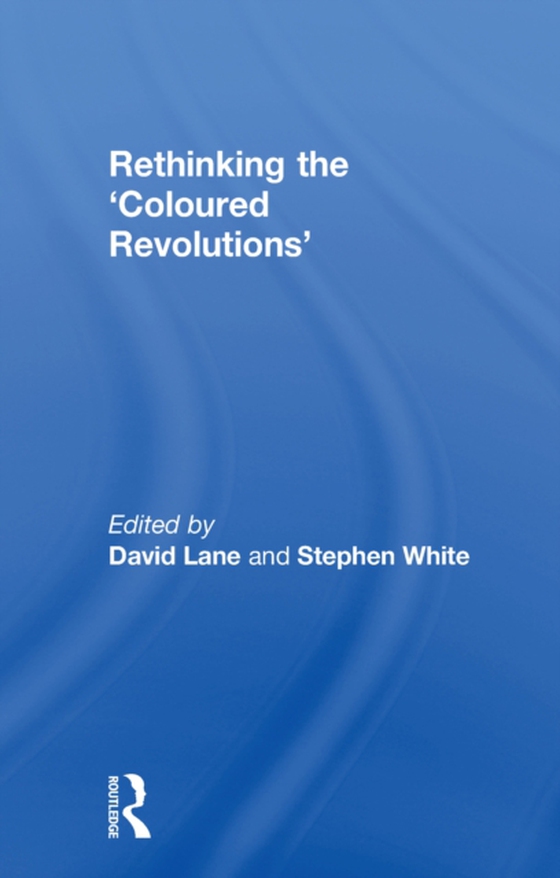
Rethinking the 'Coloured Revolutions' e-bog
473,39 DKK
(inkl. moms 591,74 DKK)
The communist world was supposed to have had its 'revolution' in 1989. But the demise of the Soviet Union came two years later, at the end of 1991; and then, perplexingly, a series of irregular executive changes began to take place the following decade in countries that were already postcommunist. The focus in this collection is the changes that took place in Serbia, Georgia, Ukraine and Kyrgyz...
E-bog
473,39 DKK
Forlag
Routledge
Udgivet
13 september 2013
Længde
328 sider
Genrer
Politics and government
Sprog
English
Format
pdf
Beskyttelse
LCP
ISBN
9781317987154
The communist world was supposed to have had its 'revolution' in 1989. But the demise of the Soviet Union came two years later, at the end of 1991; and then, perplexingly, a series of irregular executive changes began to take place the following decade in countries that were already postcommunist. The focus in this collection is the changes that took place in Serbia, Georgia, Ukraine and Kyrgyzstan between 2000 and 2005 that have together been called the 'coloured revolutions': of no particular colour in Serbia, but Rose in Georgia, Orange in Ukraine and Tulip in Kyrgyzstan.Apart from exploring political change in the 'coloured revolution' countries themselves, the contributors to this collection focus on countries that did not experience this kind of irregular executive change but which might otherwise be comparable (Belarus and Kazakhstan among them), and on reactions to 'democracy promotion' in Russia and China. Throughout, an effort is made to avoid taking the 'coloured revolutions' at face value, however they may have been presented by local leaders and foreign governments with their own agendas; and to place them within the wider literature of comparative politics.This book was previously published as a special issue of Journal of Communist Studies and Transition Politics.
 Dansk
Dansk

